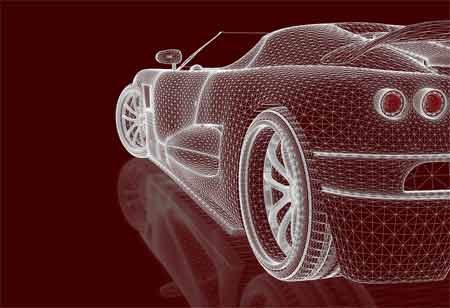THANK YOU FOR SUBSCRIBING
THANK YOU FOR SUBSCRIBING
Be first to read the latest tech news, Industry Leader's Insights, and CIO interviews of medium and large enterprises exclusively from Auto Tech Outlook

By
Auto Tech Outlook | Tuesday, November 12, 2024
Stay ahead of the industry with exclusive feature stories on the top companies, expert insights and the latest news delivered straight to your inbox. Subscribe today.
Traction control does not directly enhance traction but rather adjusts it so that the wheels spin at the same speed. If a specific wheel spins faster, the traction control mechanism cuts power to that wheel. In modern vehicles, slight braking can help reduce a wheel's power.
FREMONT, CA: Vehicle safety has changed dramatically throughout the years. Before the 1960s, car manufacturers hesitated to include seat belts in their vehicles. They knew seatbelts had been around since the 1930s. This was due to their fear of sending the buyer a negative message about the car. Since then, regulations have helped improve vehicle safety features, including lane departure warnings and a backup camera.
With the introduction of artificial intelligence (AI), advanced systems, and crash data studies, modern cars now include improved safety features to safeguard drivers and passengers.
Essential car safety features are listed below:
Airbags: These are some of the most recent safety measures. Airbags became a vital safety feature required for cars, light trucks, and vans in the United States beginning in 1999. Most vehicles now have at least six airbags; some have even more. Vehicles have frontal sensors to detect collisions. In the case of a collision, the sensors transmit a message to the ignitor inside the airbag inflator, which rapidly inflates the airbags to protect drivers and passengers from contact with the vehicle's harsh surfaces.
The way an airbag inflates provides a risk of damage to a healthy adult.
The chemical reaction induced by the ignitor works like a controlled explosion, filling the airbag with gas at 200 mph in less than one-twentieth of a second. This is why airbags are excellent modern technologies for keeping a driver safe when wearing a seat belt.
Newer vehicles use cutting-edge technology that recognizes people, measures their weight and location on the seat, and inflates the airbag appropriately, decreasing force and preventing injuries.
Electronic stability control: As of 2012, new passenger cars in the United States were required to have electronic stability control. This system uses ABS sensors and four-wheel braking to help maintain the vehicle on the driver's intended path. It also has extra sensors that assess sideways motion and steering angle. The best way to comprehend this system is that it does what the driver intends. For example, if the driver steers to the right, the electronic stability control ensures that the vehicle continues to the right.
Traction control: All new passenger cars were required to have traction control starting in 2011. The system maintains traction between the wheels and the surface underneath them, allowing for increased grip in slippery conditions.
Traction control does not directly enhance traction but rather adjusts it so that the wheels spin at the same speed. If a specific wheel spins faster, the traction control mechanism cuts power to that wheel. In modern vehicles, slight braking can help reduce a wheel's power.
 Copyright © 2025 AutoTech Outlook. All Rights Reserved | Privacy Policy | Subscribe | Sitemap | About us | Feedback Policy | Editorial Policy
Copyright © 2025 AutoTech Outlook. All Rights Reserved | Privacy Policy | Subscribe | Sitemap | About us | Feedback Policy | Editorial Policy 



